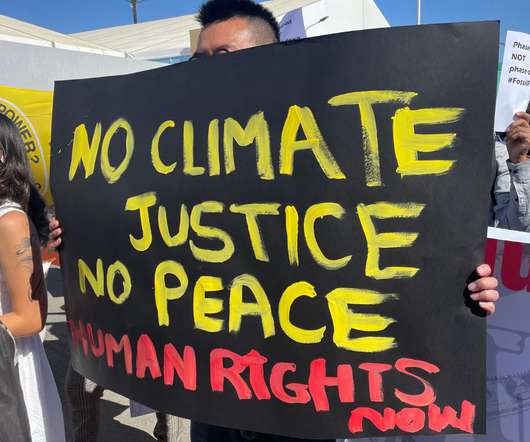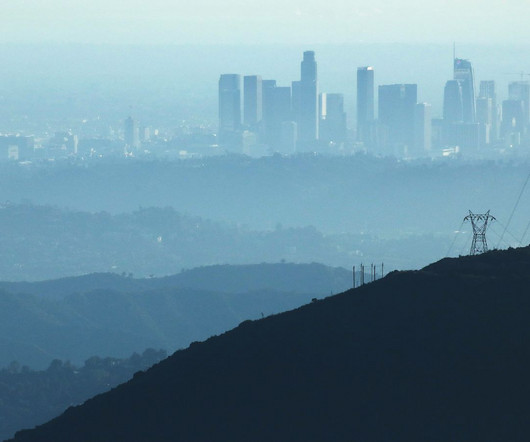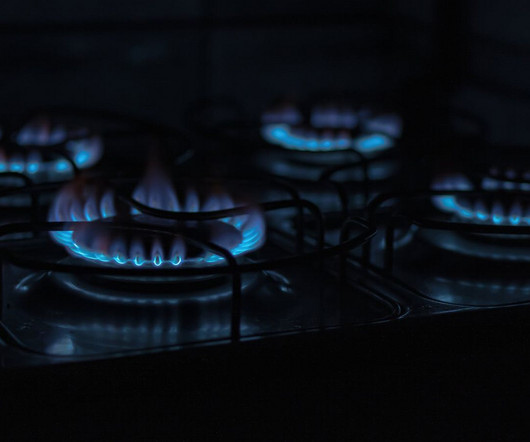Don’t Believe the Lies: Five Facts to Consider as the UN’s COP27 Comes to a Close
Union of Concerned Scientists
NOVEMBER 16, 2022
of the observed rise in atmospheric carbon dioxide and 52 percent of the rise in global average temperatures between 1880 and 2015. The best solution: Replace fossil fuels with renewable energy. The transition to 100-percent renewables is possible. Renewables are a readily available solution.















Let's personalize your content